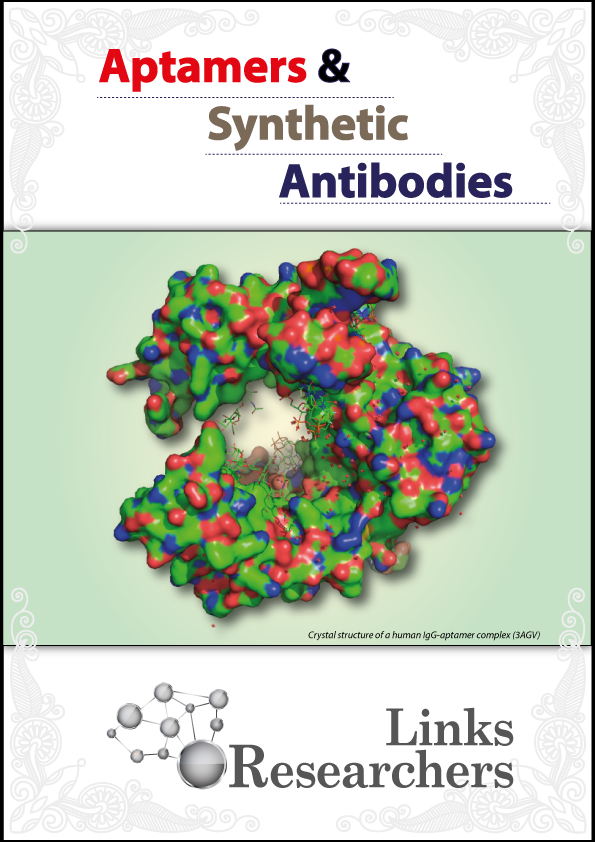John G. Bruno
Asma Sohail1*, Kashif Sarfraz Abbasi1, Maryum Arif2 and Fatima Najam1
Syeda Shazia Bokhari, Aisha Waheed Qurashi*, Roheela Yasmeen*, Fouzia Yasmeen, Nabeela Nayab, Uzma Rafi
Taghreed Mohamed Nabil1, Randa Mohamed Hassan1, HebatAllah Hamdy Mahmoud2, Mohamed Gomaa Tawfiek2, Usama Kamal Moawad1*
Abdulaziz A. Alaqil*
Nurul Fajrih1,2, Komang Gede Wiryawan1*, Sumiati1 and Suraya Kaffi Syahpura3
MARIAM ZAHEER*1, SYED SHAHID IMRAN BUKHARI2, MUDDA







